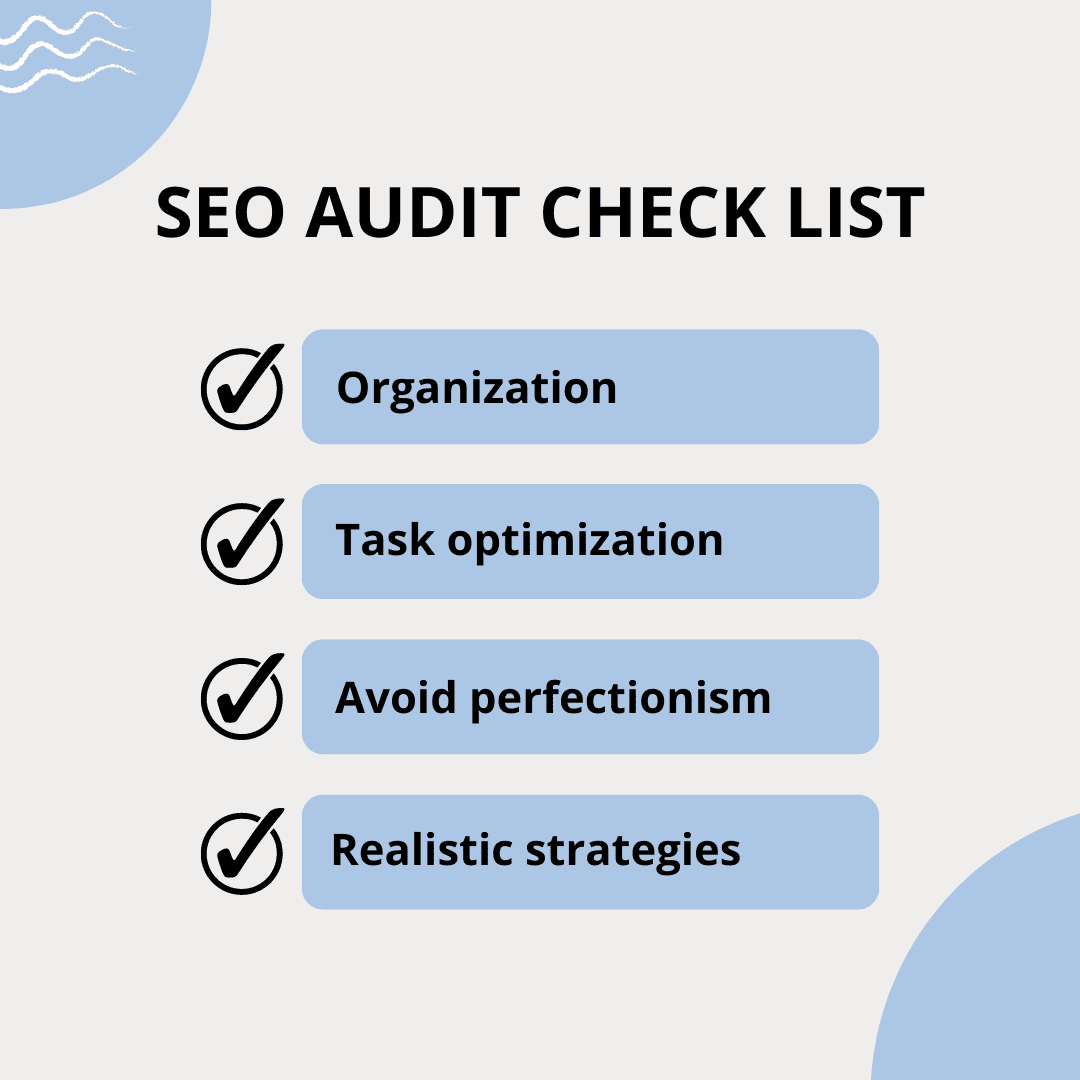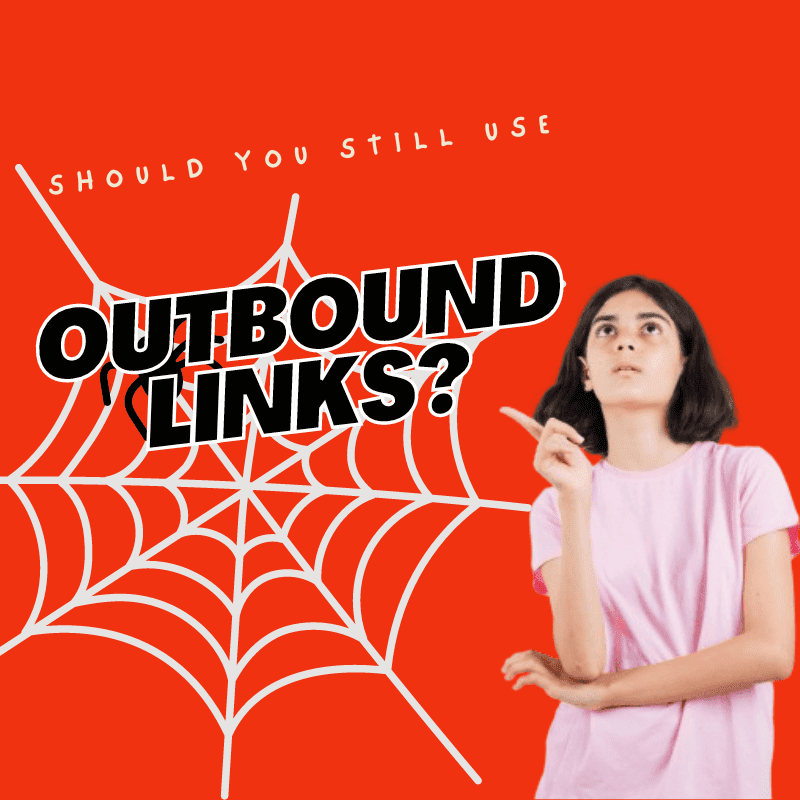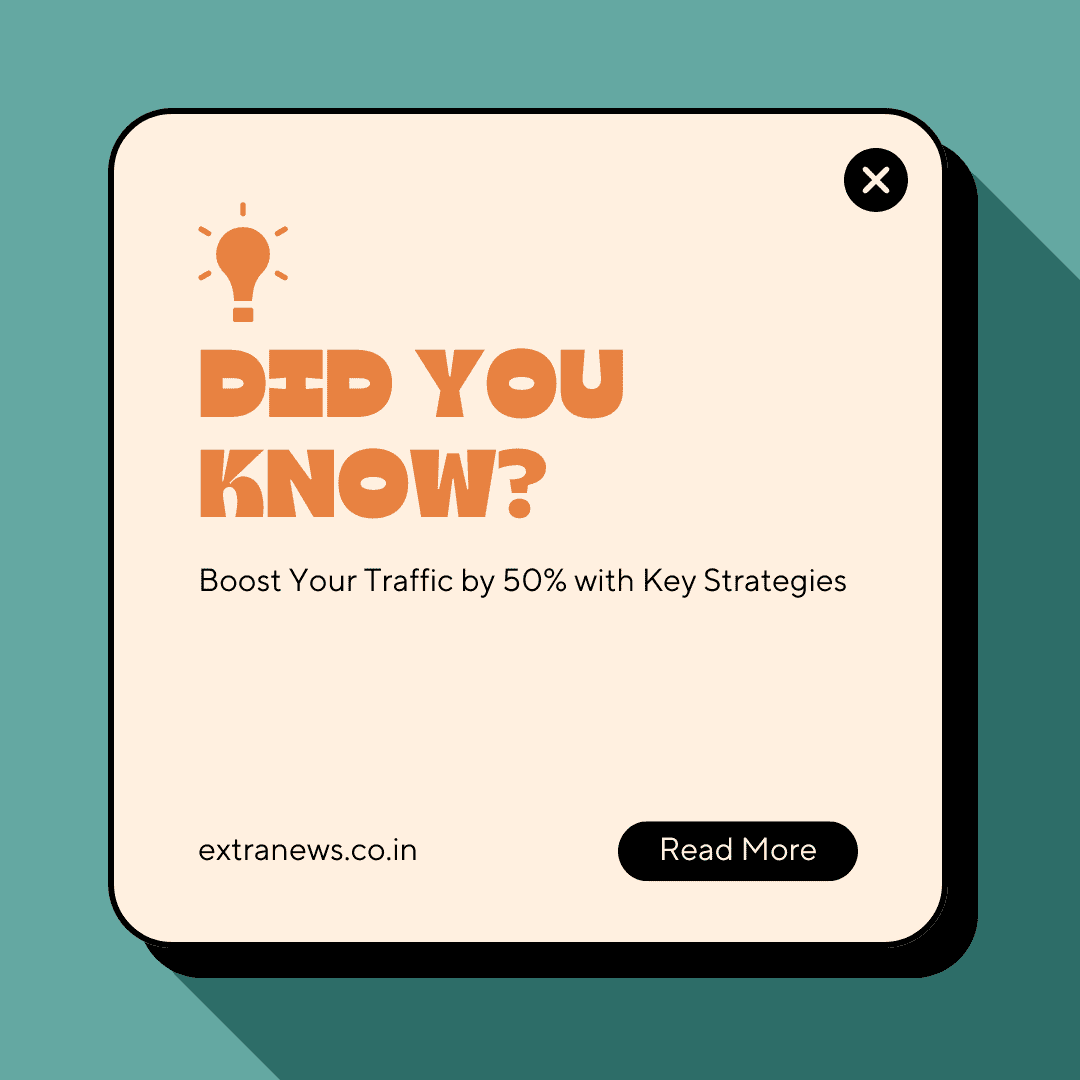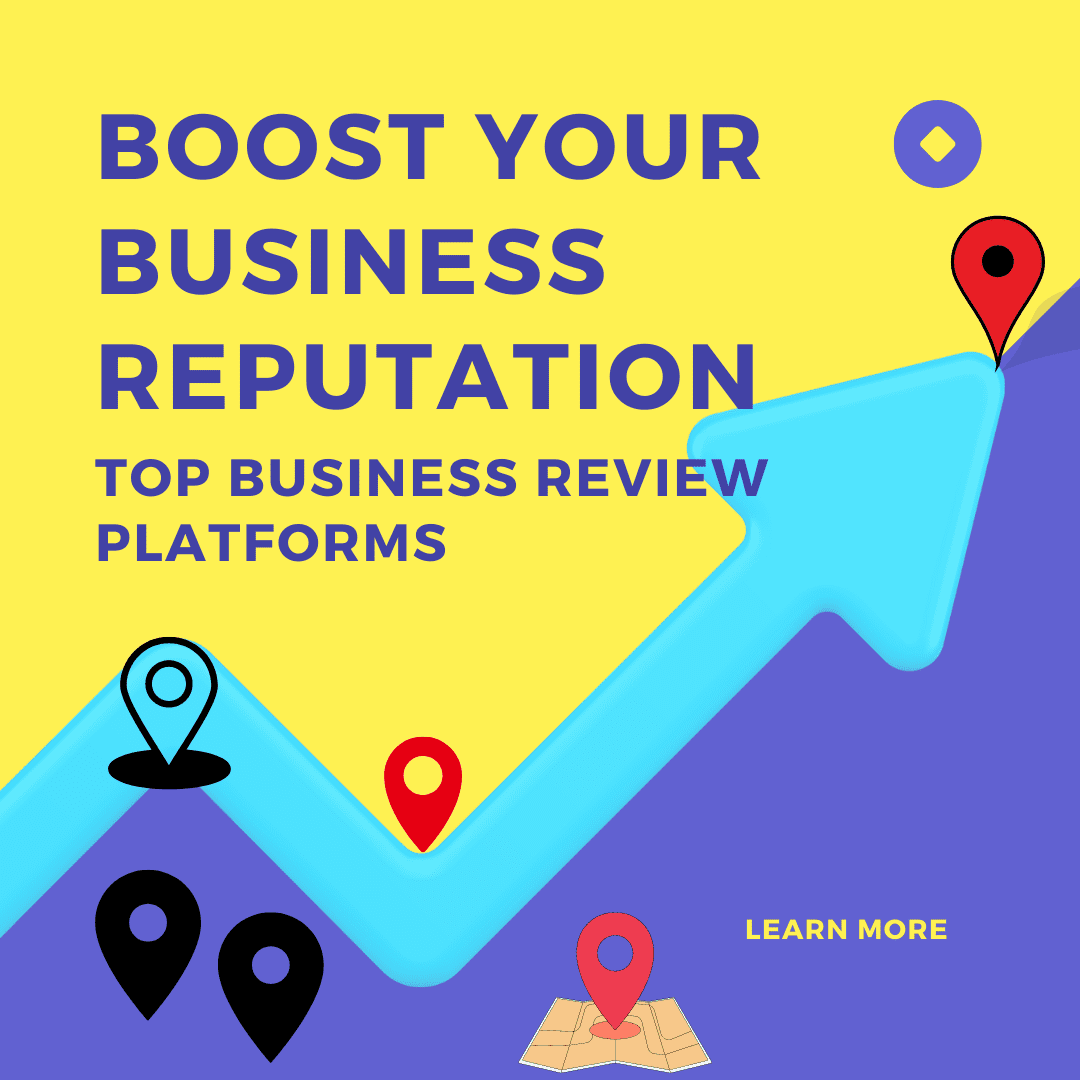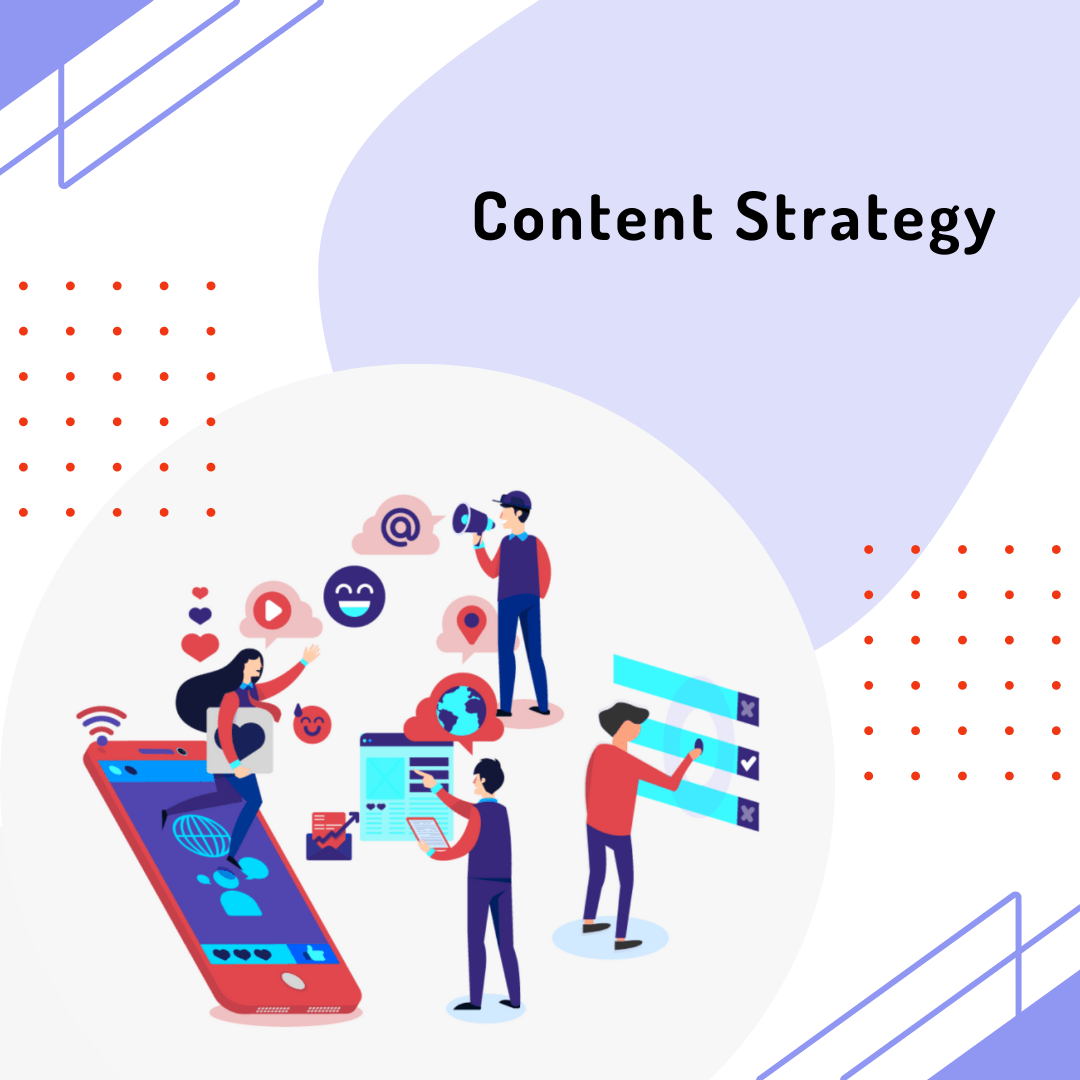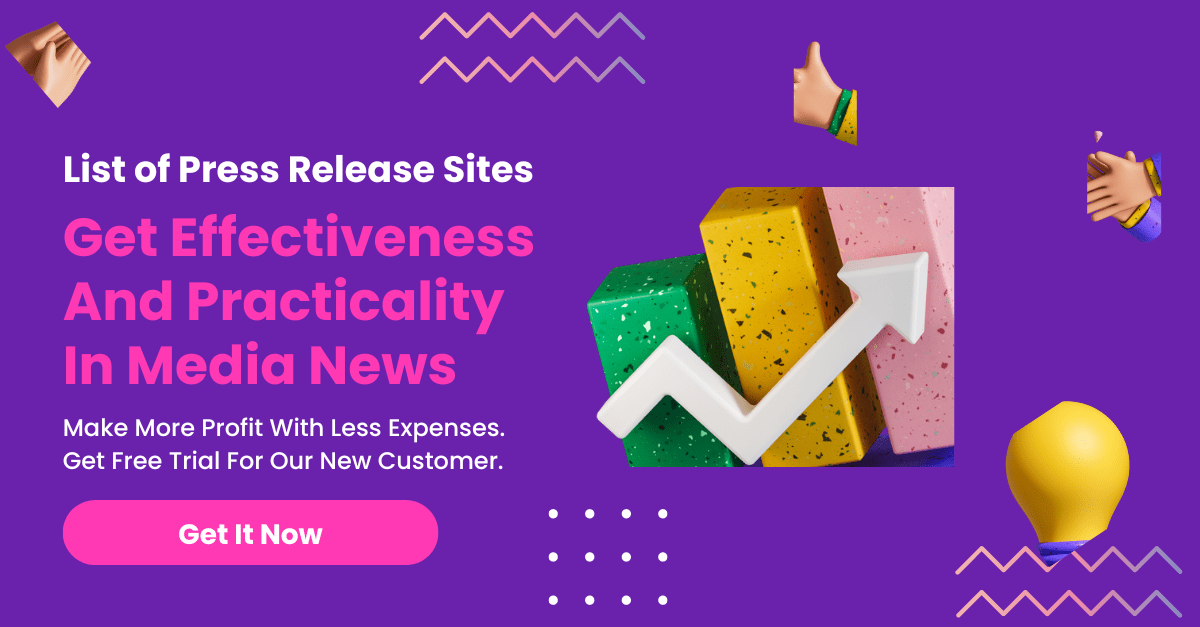Content Strategy SEO Blog vs. Sales Landing Page: What’s the Difference?
Regarding digital marketing, content marketing, and content syndication, b2b marketing understanding the distinction between an SEO blog and a sales landing page is crucial for content strategy. Both serve different purposes, cater to various audiences, and require unique approaches.
Let’s dive into the key differences to help you choose the right format for your needs.
Blog Post: Educating and Informing Audience
Purpose:
An SEO blog post is designed to educate, inform, and engage the audience. It’s not primarily focused on selling but rather on providing valuable information that helps readers solve a problem or understand a topic.
Length:
Blog posts are typically longer, often exceeding 1500 words. This length allows for in-depth exploration of topics, providing value to readers and improving search engine rankings.
Tone:
The tone of a blog post is conversational and educational. It’s about building trust with the audience by offering insights and knowledge, rather than pushing for an immediate sale.
Audience:
Blogs generally target a broader audience, from beginners to experts, depending on the content’s depth. The goal is to attract as many readers as possible who are interested in the topic.
CTAs:
Calls to Action (CTAs) in a blog post are subtle and passive. They might encourage readers to subscribe to a newsletter, download a guide, or read more content. The primary focus is on engagement rather than conversion.
Intent:
Readers of blog posts are usually in the information-seeking and learning phase. They’re not necessarily ready to buy but are gathering information to make informed decisions later.
Keywords:
Blog posts often focus on long-tail keywords, which are more specific and less competitive. These keywords help attract a niche audience interested in particular aspects of a topic.
Longevity:
The impact of a blog post is long-term. Over time, well-crafted blog posts build authority, improve SEO rankings, and continuously attract organic traffic.
Sales Landing Page: Driving Conversions and Sales
Purpose:
A sales landing page is all about conversion. It’s specifically designed to persuade visitors to take a specific action, such as making a purchase, signing up for a service, or requesting a quote.
Length:
Sales landing pages are generally concise, ranging from 500 to 1000 words. The focus is on delivering a compelling message quickly and efficiently.
Tone:
The tone is persuasive and sales-oriented. Every word is crafted to convince the reader of the value of a product or service, addressing their pain points and highlighting benefits.
Audience:
A sales landing page targets a specific audience, typically those who are already interested in what you offer and are closer to making a buying decision.
CTAs:
CTAs on a sales landing page are direct and strong. They often include phrases like “Buy Now,” “Sign Up Today,” or “Get Started,” encouraging immediate action.
Intent:
Visitors to a sales landing page are usually at the decision-making stage. They have a high purchase intent and are looking for reasons to choose a product or service over others.
Keywords:
Sales landing pages focus on high-intent keywords that directly relate to buying decisions. These are often competitive but crucial for driving conversions.
Longevity:
The impact of a sales landing page is short-term and immediate. The goal is to generate quick results, whether that’s in sales, sign-ups, or other conversions.
While both SEO blogs and sales landing pages play essential roles in content strategy, they serve different purposes. A blog post educates and informs, building long-term authority, while a sales landing page is designed for immediate conversions. By understanding these differences, you can craft content that effectively meets marketing goals.

